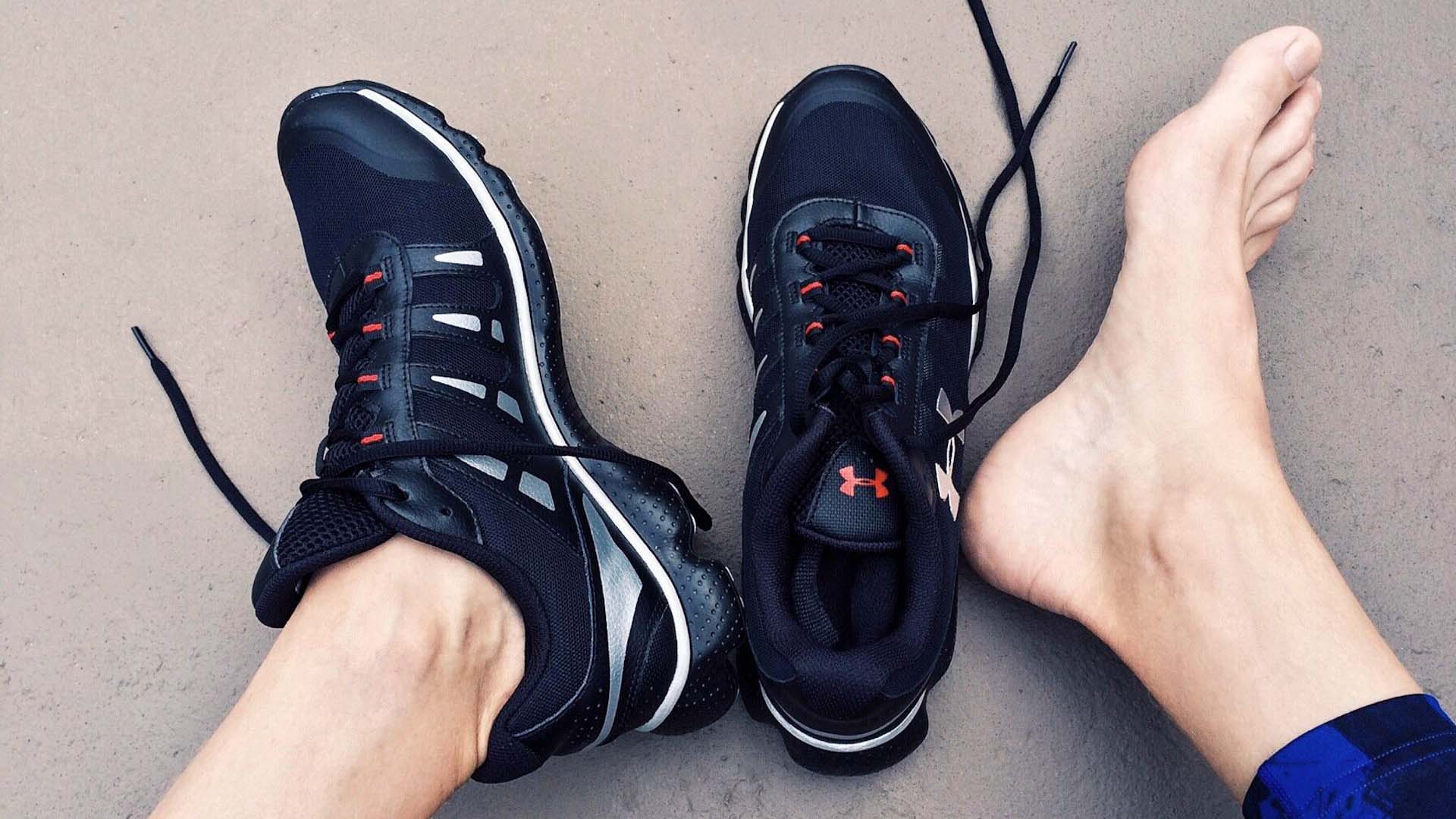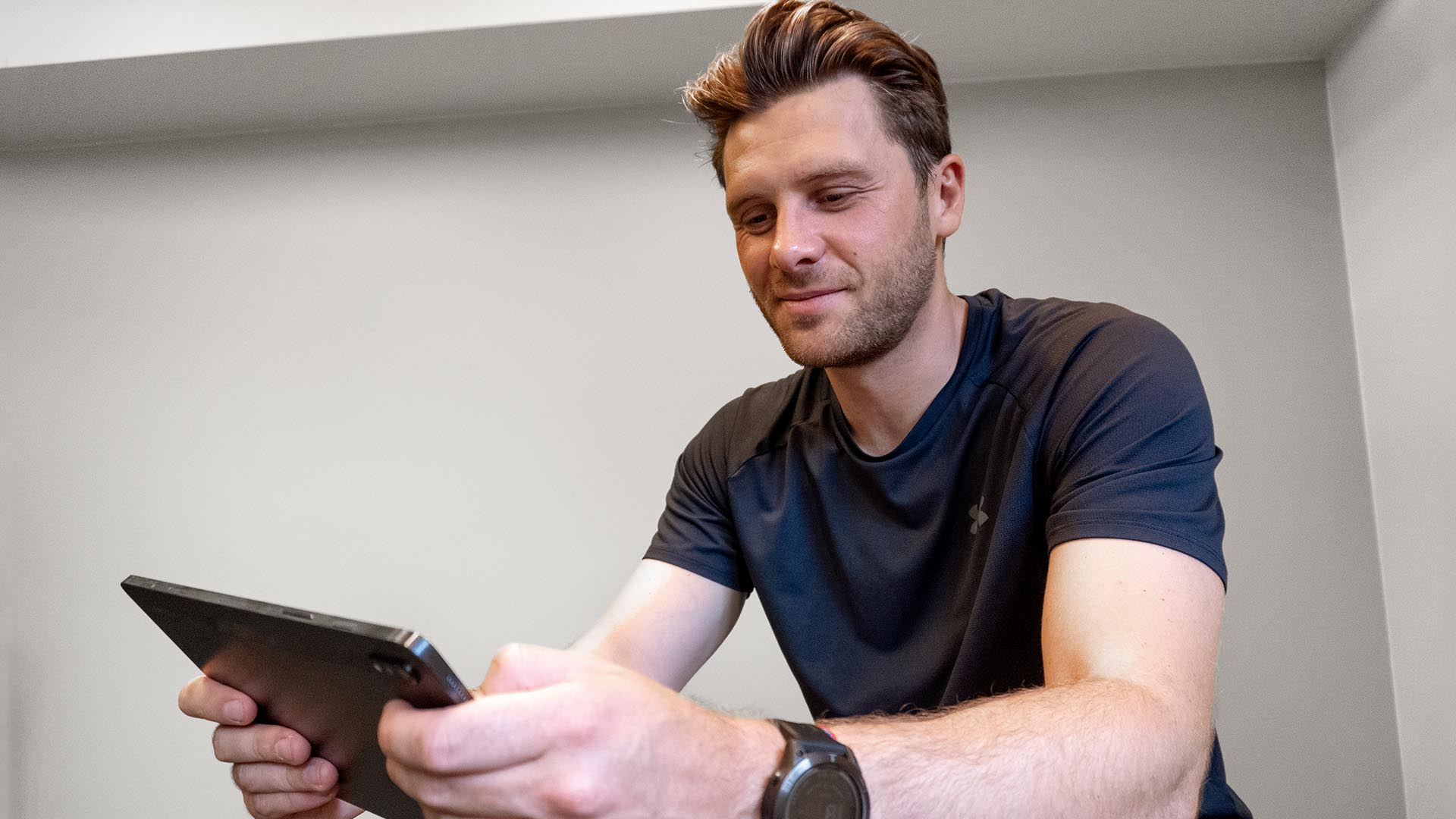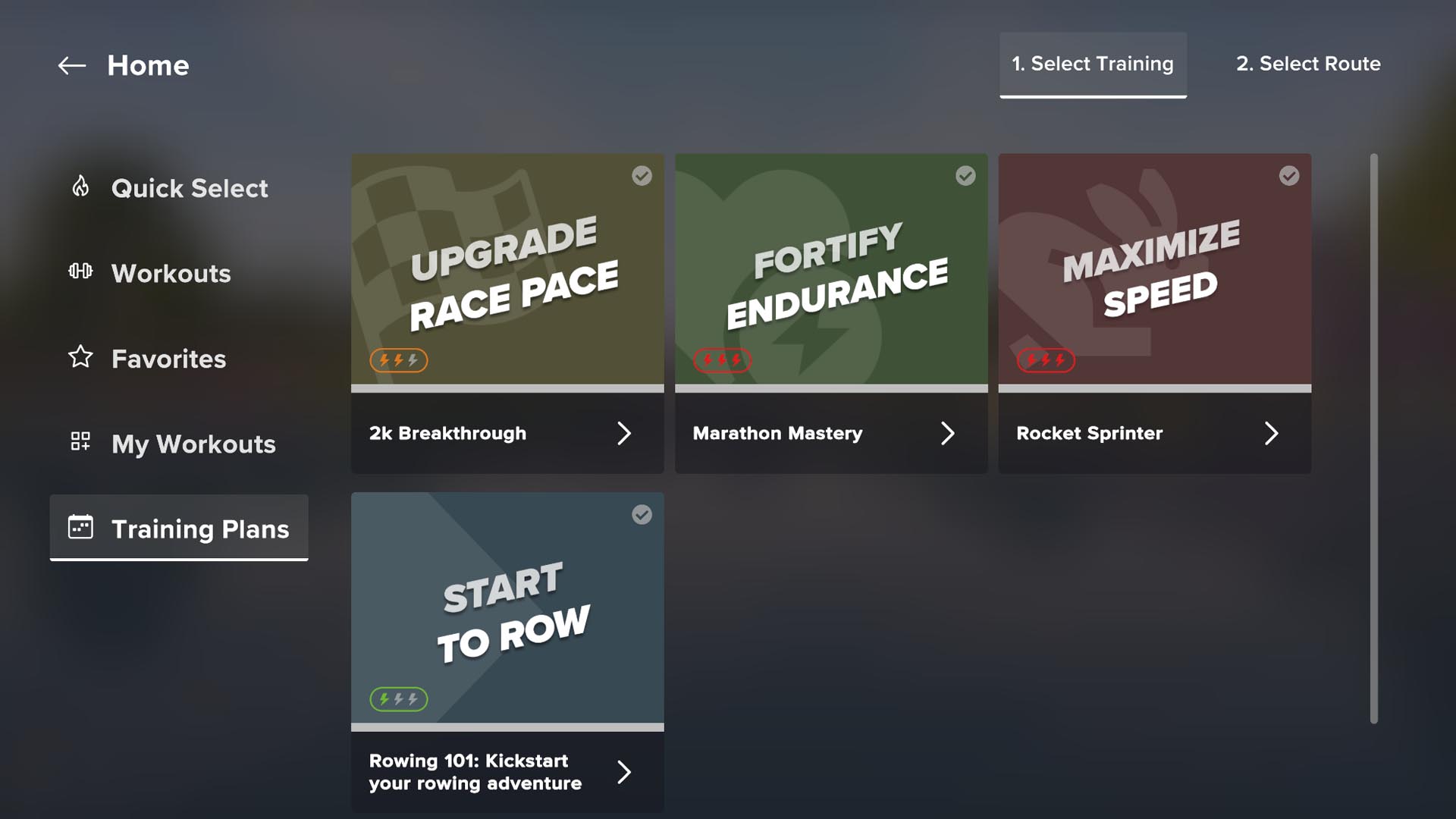Coach Corner: How to find motivation, renew your routine & row better

read
Hi, I’m Hendrik and the coach of indoor rowing world champion Ward Lemmelijn. In this EXR blog post, I’m answering training questions like how to lose weight on the rowing machine and how to book progress more efficiently. Plus, I’m diving into EXR’s new indoor rowing workout plans that I created for the app’s March update.
I noticed that people looking for advice in online fitness communities often ask similar questions about commitment, training progress, and workout routines. However, the replies they receive are often vague and unclear. To guide you and give comprehensive answers, I've listed all sorts of indoor rowing questions in this EXR Blog post.
Question: It’s hard for me to find motivation to use my indoor rower. I’m just too tired after work. How do I train more and stick to my workout plans?
Balancing training with work or school is important for boosting your workout mood. For example, I train before work so that I feel calmer and more focused during the day.
Not perceiving your workout as a chore boosts your motivation as well. To change your mindset, use training tools like the virtual rowing app EXR to follow interactive workouts and have scenic rows while training on the erg. Here's my top tip: Always prepare your workout clothes and workout nutrition in advance to save time before working out.

Since the indoor rower is already a cardio workout machine, I'm unsure how to use it for warming up or cooling down when rowing. How long should I warm up and cool down?
The intensity and duration of your indoor rowing warm-up and cool-down depend on your workout plan. For endurance training, a short warm-up of about 5 minutes of gentle rowing is enough.
For HIT or VO2max workouts, I suggest a more intense warm-up lasting 10 minutes. Include higher-intensity efforts like 2 or 3 sprints of 8 to 10 seconds and spend 20 to 30 seconds at the intensity level you'll target during the core of your session. For the cool-down, spend at least 10 minutes rowing at a slow pace.
I see many rowers online training in socks or even barefoot. Do I need to wear shoes for indoor rowing?
Many professional rowers choose unconventional footwear or even none — the indoor world record was achieved with bare feet. That’s because rowing a 2k without shoes might be better if your technique is solid and your feet can handle the stress. You may be faster without shoes because your shoe soles absorb some energy. However, wearing shoes offers better protection. For safety and comfort reasons, I recommend rowing with sports shoes.

Is indoor rowing hard? I've heard that an improper rowing technique can cause injury. How can I avoid getting hurt during my training?
When using the RowErg, it's important to pay close attention to your lower back, wrists, and knees, as these areas are prone to injury. Focus on maintaining a correct rowing technique. This includes keeping your wrists straight and keeping a straight back.
Depending on your rowing machine model, you can adjust the drag factor. Don’t row with a maximum drag factor, especially if you're new to the sport, because it can lead to injuries caused by rowing with a rounded back or bent wrists.
If you experience discomfort in your forearms while rowing, it indicates a bad technique. The pain comes from excessive tension in the forearms which can lead to conditions like carpal tunnel syndrome.
As a casual rower, I would like to become fitter. How do I know what aspect of my rowing performance to improve next?
Indoor rowing is a full-body workout engaging all major muscle groups. Begin by gradually increasing your training time at an easy pace, focusing on maintaining proper rowing technique. As you progress, incorporate intensity by following intermediate workouts available in EXR, for example.

Ultimately, you can assess your performance by rowing 500m, 2000m, and 6000m as quickly as possible. Depending on the percentage of the world's best time (of your age/weight class/gender) you achieve in these distances, you can determine whether you lean towards explosiveness or endurance.
If you're fast and therefore more explosive, focus on increasing your workout volume and incorporating more FTP (Functional Threshold Power) training to maintain momentum during a 2k, for example.
If you’re more comfortable going slow but steady, you’re an endurance rower. Prioritize working on explosiveness through regular anaerobic capacity training sessions to build strength.
My training goal is to lose weight. How do I burn fat with indoor rowing? Is there anything you need to keep in mind when using the rowing machine as a weight-loss tool?
Indoor rowing is a great workout for weight loss. To lose weight, it's essential to maintain a balance between your training and nutrition. The type of exercise matters less than consistently getting enough training. Aim to row on the ergometer for 30-50 minutes including intervals , 3-4 times weekly to burn fat. Utilizing a fitness app like EXR can keep you motivated and track the calories you burn.

By maintaining this routine, you're likely to lose weight with rowing. After your workout, pay careful attention to your nutrition. Feeling hungry is normal, but it's important to make healthy food choices and stay hydrated. Just keep in mind that weight loss should be approached with a long-term strategy and that excessive weight loss should be monitored by your primary care physician.
I row regularly but don’t book progress. What can I do to become stronger from indoor rowing?
Plateauing despite rowing regularly can have 2 main causes. One of them is overtraining. Overtraining comes from training too much without adequate rest, resulting in a bad performance. If you train more than 3 times a week, I recommend sticking to a rowing training plan. In some weeks, only schedule 2 demanding sessions to have 72 hours of recovery in between. If you prefer active recovery, I recommend short and gentle regeneration sessions.
The other main cause for your performance plateau may lie in having a bad rowing technique. Even if you row a lot, having a bad technique may hinder you from reaching your full potential. Take your time to check your form in a mirror or on video and get tips from a rowing coach.
I decide on my rowing machine workouts based on my daily mood. What are the benefits of following a long-term rowing training plan compared to random single workouts?
Compared to a single workout, a training plan provides long-term structure and helps you reach a greater fitness goal. It offers logical progression, challenging you weekly to increase either volume or intensity. Plus, it features light recovery weeks to prevent overtraining. Following a training plan for your rowing workouts fosters discipline, too. You're not left to decide whether or not to train; the plan dictates that for you. This can be particularly helpful on days when you lack motivation.

In EXR, I've sorted individual rowing workouts into groups, such as the Aerobic Workout group. This gives you the flexibility to select a workout that matches your energy level and mood while still offering guidance and a clear training objective. The workouts within these groups are numbered, indicating they share exactly the same training goal. However, you don't need to follow them in numerical order.
Weekly training plans instruct me to do 5-6 rowing sessions per week. Do you recommend completing a week’s worth of workouts on consecutive days?
I suggest distributing the workouts across the week. This aligns with the concept of supercompensation, which proposes that after a period of rest following intense training, your body enhances its performance beyond your baseline fitness level. In other words, by spacing out the workouts, you give your body enough time to recover, resulting in more significant improvements in your fitness. Conversely, if you were to cram all the workouts into one block, you'd risk overtraining.
Start your first Training Plan with Coach Hendrik now by downloading EXR!
Download EXR